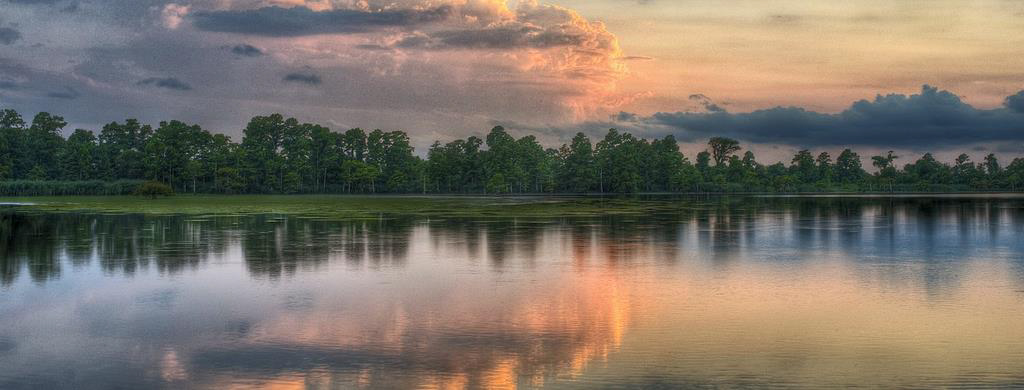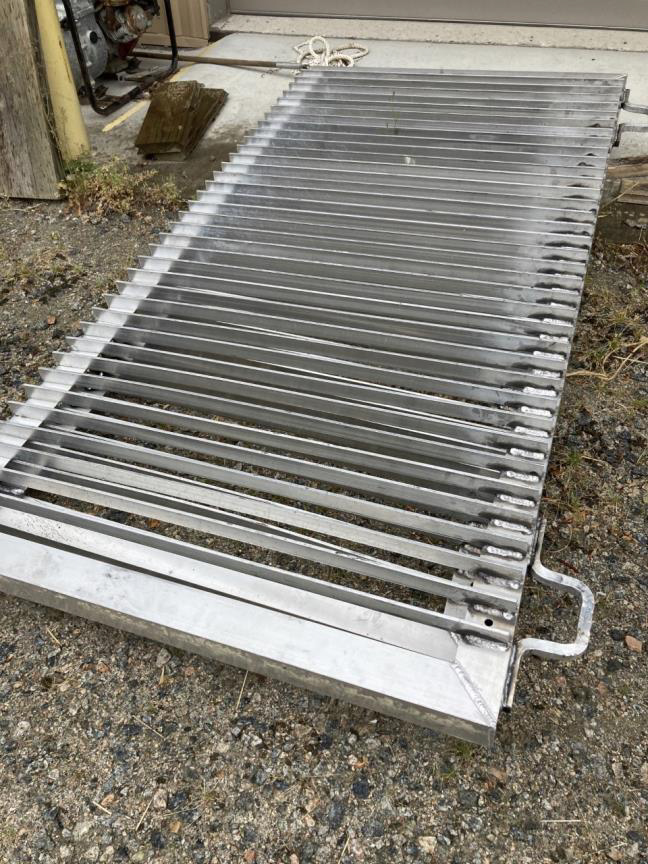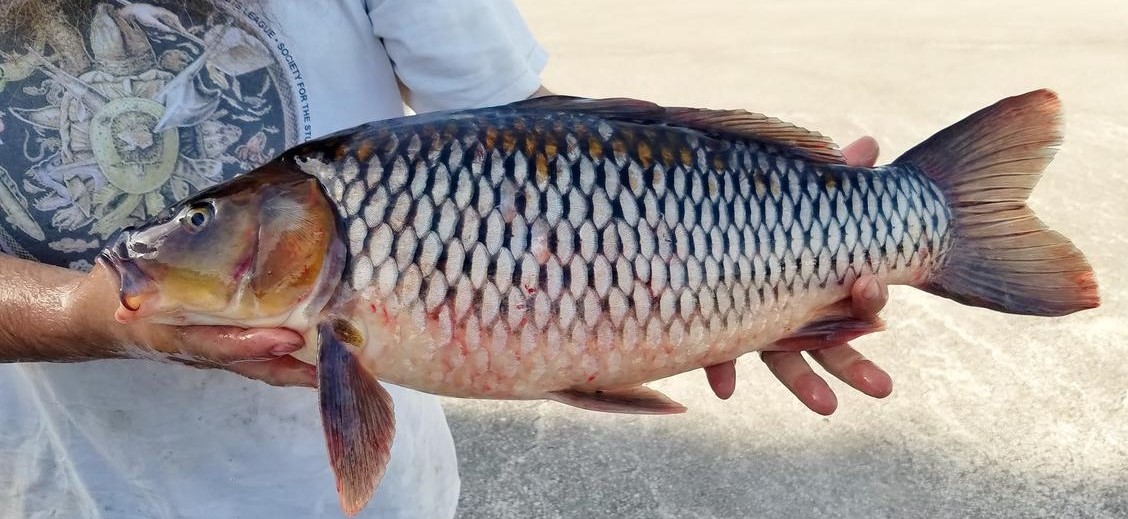Carp Being Removed From North Carolina Lake
New barriers on tide gates installed at Lake Mattamuskeet are blocking invasive carp from swimming into the state’s largest natural lake. Biologists are now making preparations to remove the 4.5 million pounds of carp that are already in the lake — about 1 million of the hefty fish. Once they’re gone, much of the lake’s high turbidity and bad water clarity is expected to greatly improve.
“The problem is they’re bottom feeders,” Wendy Stanton, U.S. Fish and Wildlife Service biologist at Mattamuskeet National Wildlife Refuge, said in a recent interview, adding that the fish are constantly stirring up the bed searching for food. “It suspends all the sediment in lakes. It just exacerbates the problem.”
Expensive Proposition
In late August, the refuge and the North Carolina Wildlife Resources Commission announced the award of a $1 million grant to remove the carp. The funds, provided from the U.S. Fish and Wildlife Service’s large invasive species grant program, will be available in fiscal year 2023. A smaller grant of $180,000 was awarded last year by the agency’s coastal funds program grant.
The project is one of the critical steps to improving the lake’s water quality that were identified in the Lake Mattamuskeet Watershed Restoration Plan. Approved in 2018, the effort is a partnership between the U.S. Fish and Wildlife Service, the North Carolina Wildlife Resources Commission, Hyde County, the North Carolina Coastal Federation and area stakeholders. A technical working group of scientists and researchers have developed recommendations for monitoring and studies that advance a science-based approach to bringing back the health of the lake.
An update on implementation of the restoration plan, including the carp removal, was presented at a virtual public meeting Monday, Sept. 27.
Seeking Fresh Water
Stanton, who is also the acting refuge manager at Pocosin Lakes National Wildlife Refuge, explained that common carp can only reproduce in freshwater. When the urge hits, they have been heading to the lake from the saltier Pamlico Sound. Although the lake is equipped with tide gates to keep out the sound’s brackish water, the fish had been able to slip through them.
“They swim up through the outfall canals and other tributaries to get to fresh water,” she said.
Tapping grant funds, the Coastal Wildlife Refuge Society hired a local welder to retrofit debris barriers used at the lake’s tide gates at four outfall canals. Carp exclusion fences will also be installed at the five culverts that pass under N.C 94 causeway that bisects the lake. Spaced every two inches, the flat metal strips prevent about 97% of adult carp from entering from the Pamlico Sound, but don’t block other fish or crab.


